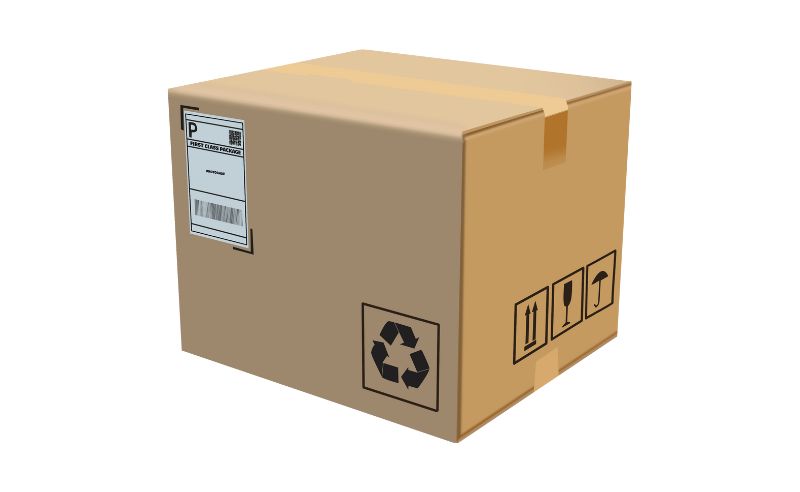Marking and Labelling of Containers: Regulations and Requirements for 2025

From 1 January 2025, new regulations on the marking and labelling of packaging, established in Royal Decree 1055/2022, will be implemented in Spain.
These measures aim to improve waste management and promote sustainability, ensuring that packaging provides clear information for its correct disposal.
Compliance with these regulations requires greater transparency in labelling, which facilitates the adaptation of companies to the principles of the circular economy.
Let’s analyse the main changes in labelling, the mandatory and prohibited statements, as well as the optional information that may be included on the packaging.
What does Royal Decree 1055/2022 establish?
Royal Decree 1055/2022 introduces new obligations for producers and distributors, focused on making it easier for me to separate and recycle waste. Among its main provisions are:
- The obligation to include clear information on the correct way to dispose of packaging.
- The incorporation of specific symbols for reusable and compostable packaging.
- The prohibition of certain statements on labelling to avoid confusion among consumers.
- The possibility of including voluntary information on recyclability and recycled content, among other aspects.
Mandatory labelling information
From 1 January 2025, packaging sold in Spain must comply with the following labelling requirements:
- Disposal instructions: All packaging must indicate the container in which it should be deposited. If it is made up of several separable materials, each material must identify its corresponding fraction with the established recycling symbols and material identification codes.
- Reusable packaging: Packaging designed to be reused must bear the Deposit, Return and Return System (DRRS) symbol, which will allow consumers to easily recognise packaging that can be returned to designated collection points.
- Compostable packaging: Packaging made from compostable materials must be certified. In addition, it must include the legend ‘do not abandon in the environment’ and an internationally recognised compostability symbol.
- Single-use packaging: Products such as wet wipes, cigarette filters and drinking cups must include standardised symbols warning about the presence of plastics in their composition and the importance of their correct disposal.
- Legible formats: The regulations require that all labelling information be clear, visible and durable throughout the useful life of the packaging.
Labelling prohibitions
In order to avoid greenwashing practices and disinformation that could confuse consumers, the regulations establish strict prohibitions:
- Ambiguous expressions: The phrase ‘environmentally friendly’ or similar terms that could lead to poor waste management may not be used. Any environmental claim must be backed by recognised certifications.
- Prohibition of misleading symbols: The use of iconography that suggests a lower environmental impact without verifiable evidence is restricted. This includes unofficial seals, symbols similar to recognised certifications that may confuse the consumer, and even the use of colours that may insinuate that the product is ‘ecological’.
- Prohibition of claims without technical support: Any indication of biodegradability, compostability or recyclability must be certified by competent bodies and comply with regulations.
Voluntary information and other changes
In addition to the mandatory information, producers have the option of including additional information on the packaging, provided that it is verifiable and auditable. This voluntary information can provide greater transparency and reinforce consumer confidence in the company’s environmental responsibility:
- Identification of the material used in the manufacture of the packaging, facilitating its classification and recycling.
- Percentage of recycled material used in the packaging.
- Notice that the packaging is recyclable, provided that this statement is backed by an independent certification that accredits its processability in existing recycling systems.
- SCRAP (Collective System of Extended Producer Responsibility) symbol, which indicates the company’s contribution to waste collection and management.
The implementation of the new regulatory framework for labelling and marking packaging in Spain represents a fundamental step towards a circular and sustainable economy.
The requirement to include clear information on the disposal of packaging will facilitate waste management and improve consumers’ environmental awareness.
For producers and distributors, these new regulations imply adjustments in their design and production processes.
The correct application of the regulations will guarantee legal compliance and may strengthen the position of companies in the market for being environmentally responsible.
You may also be interested in: